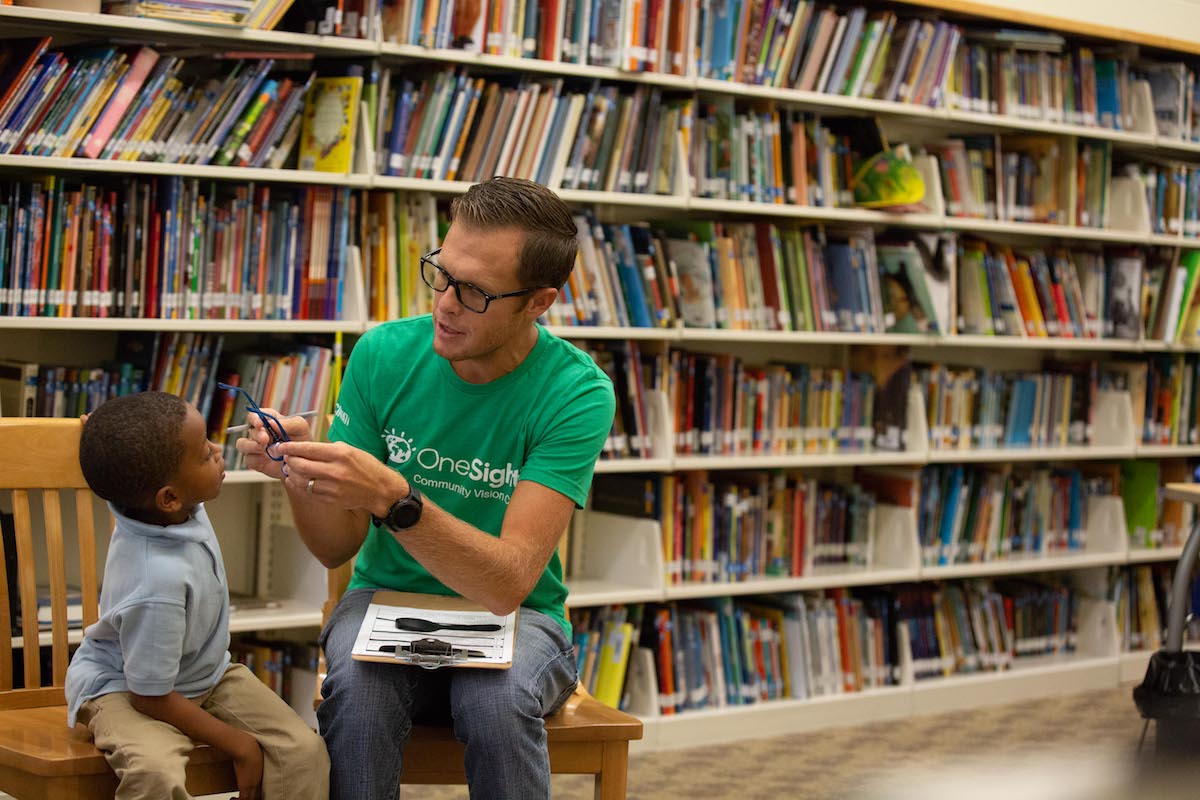
Being able to see clearly is key to students’ academic success. In fact, one in four students in the United States has an undiagnosed vision problem significant enough to impair their academic performance 1.
At OneSight’s charitable clinics and self-sustaining vision centers around the world, we get to hear firsthand from students about what it was like before they could see clearly. We often hear that they didn’t know they were seeing the world any differently from anyone else—they thought that blurry vision was normal or didn’t know how to articulate the challenges they were feeling.

As we head into back-to-school season and students return to the classroom, it’s important to identify if your child has a vision issue. Here are some common signs of vision issues that have been reported by the parents, teachers, students, and vision care professionals we work with:
-
- Trouble focusing on the board
- Difficulty reading
- Holding objects close to their face
- Frequent eye rubbing or blinking
- Avoiding eye contact with others
- Not recognizing or responding to others from a distance
- Tripping, falling, or running into things
- Restlessness and wandering attention in class
- Headaches
- Covering one eye
- Tilting the head to one side
- Blinking and rubbing the eyes frequently
- Crossed eyes or eyes not focusing together/pointing different directions
- Light sensitivity
Are you seeing any of these signs in your classroom? If so, consider referring the student to the school nurse or making their parents aware. Because there aren’t always recognizable signs when a child is experiencing a vision issue, it’s important that vision screenings begin early in life to identify issues like color blindness and amblyopia. It’s also important for a person to receive regular vision screenings into adulthood to monitor refractive errors including nearsightedness, farsightedness, presbyopia, and astigmatism.
Many students are now learning from home due to COVID-19. You can be the reason more students see clearly. Share our free, online Vision Check and make sure more parents are able to help their student be as powerful as possible while learning at home.
—————————————
1 Kleinstein, RN et al. Refractive error and ethnicity in children. Arch Ophthalmol 2003: 121:1141-11